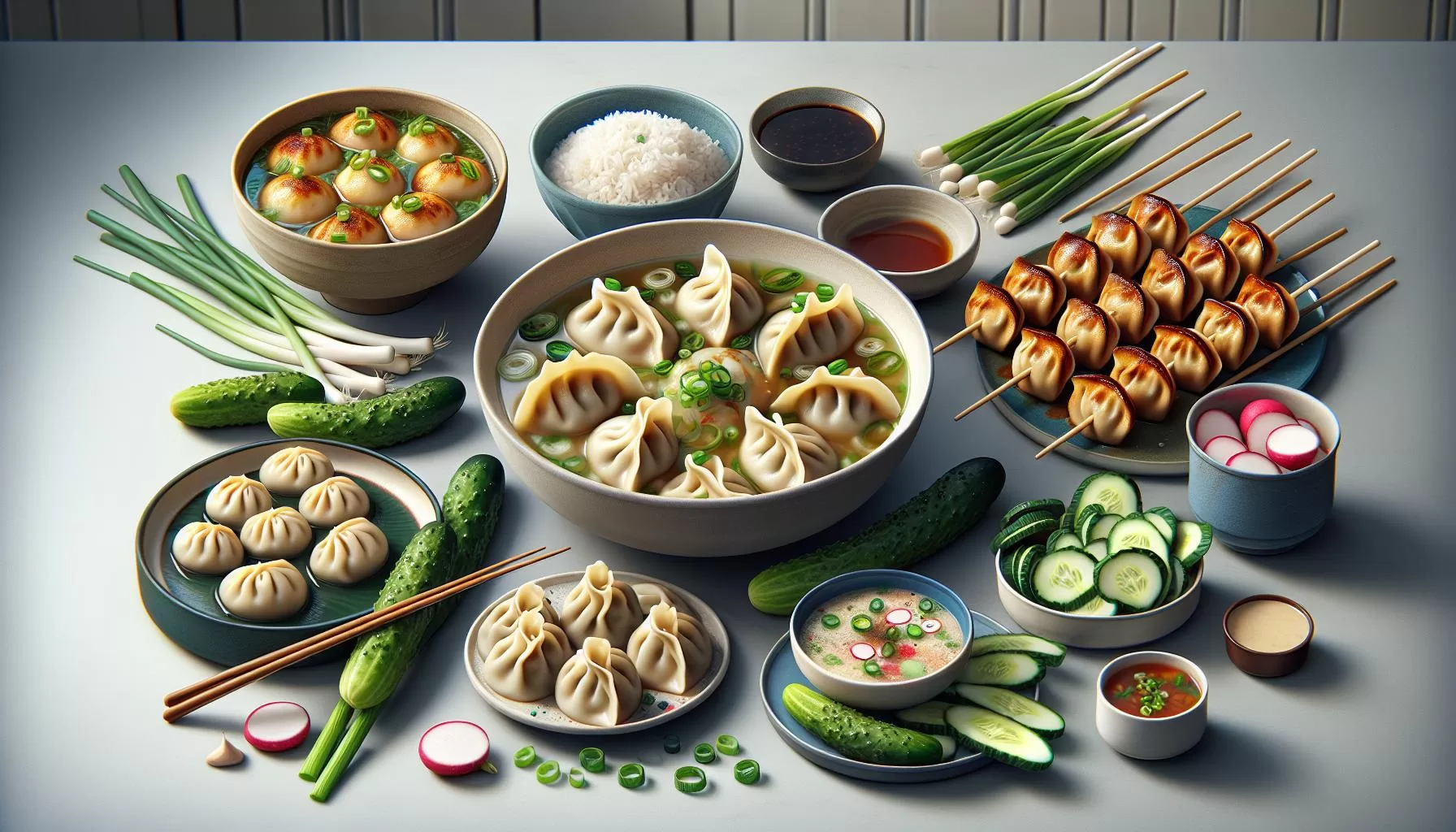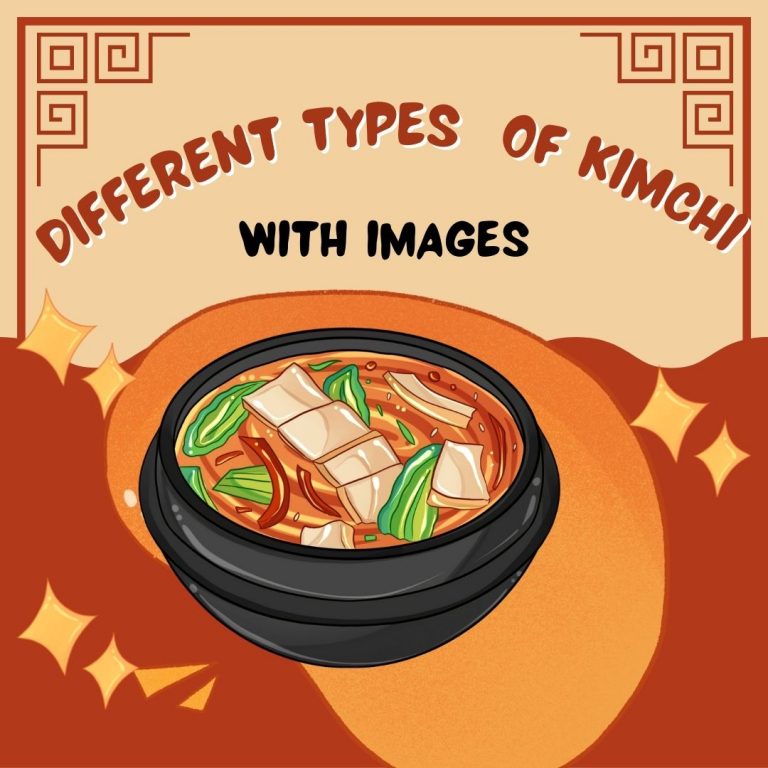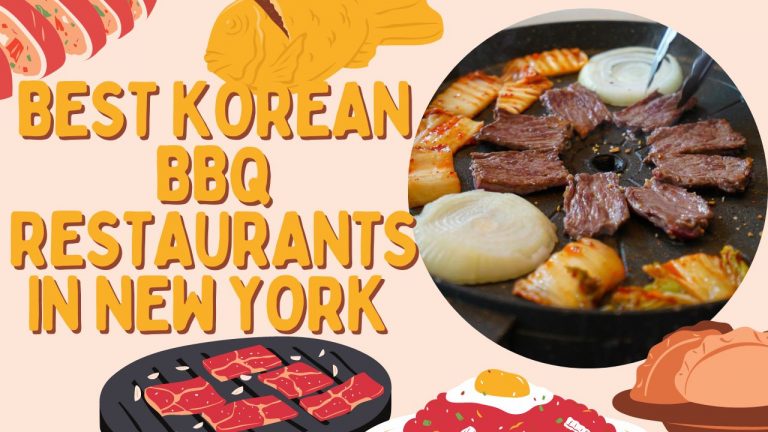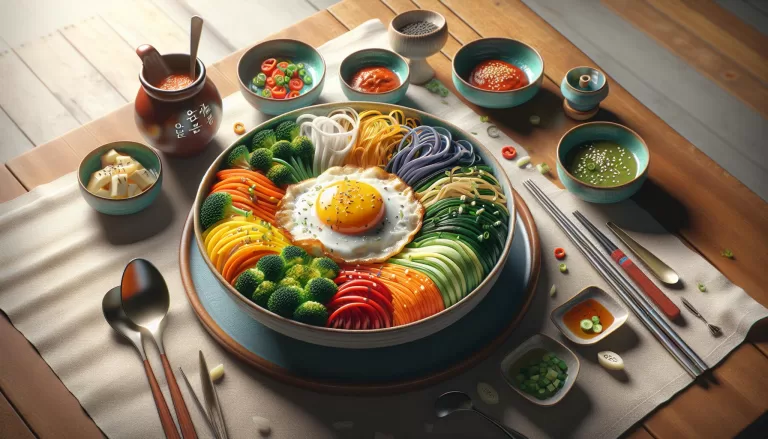Easy Guide to Homemade Mandu Korean Dumplings Recipe and Serving Ideas

History of Mandu
As you discover the art of making Mandu, it’s fascinating to look back at its rich history. Mandu first made its appearance in the Korean culinary scene during the Goryeo Dynasty (918-1392). It’s believed to have been brought over from China, but the Koreans put their unique twist on this delicious dumpling making it a staple in their cuisine.
Interestingly, Mandu styles and flavors vary regionally across Korea. For instance, in the northern regions, where colder weather is common, large Mandu called “wang mandu” or king-size dumplings are popular. These are generously stuffed and hearty, perfect for fending off cold winter days.
On the other hand, in the southern parts of Korea, Mandu is often smaller, referred to as “n mandu”. Easy to eat in a couple of bites, these dumplings are a favorite snack or side dish on warmer days.
Regardless of variety, Mandu has stood the test of time. From royal banquets to humble family gatherings, Mandu has been a beloved part of Korean culture for centuries. Historically, these dumplings were specially prepared and enjoyed during Korean Lunar New Year and other major holidays or celebrations.
Over time, the popularity of Mandu has spread widely. The unique flavors and the versatility of the dumpling have won hearts around the world. Today, it’s an integral part of Korean cuisine, embraced and enjoyed by a global audience.
Ingredients for Homemade Mandu

Embarking on your homemade Mandu adventure starts with gathering the right ingredients. Let’s create a wow-factor by adding unique components that’ll truly set your Korean dumplings apart.
Here’s a comprehensive list of what you’ll need:
| Ingredients | Quantity |
|---|---|
| Ground pork | 1 lb |
| Tofu | 1/2 cup |
| Green onions | 1 bunch |
| Garlic cloves | 5 |
| Soy sauce | 3 tbsp |
| Sesame oil | 2 tbsp |
| Salt and pepper | To taste |
| Wonton wrappers | 1 package |
Powerful flavors ensue when you opt for ground pork. But, if you’re looking for a leaner alternative, ground chicken or turkey works just as beautifully. The tofu is a firm type, with its moisture squeezed out to prevent a soggy filling.
Green onions and garlic cloves are the heart and soul of Mandu’s unique aroma, sauté them lightly to enhance their flavors. Soy sauce lends the essential savory depth. Don’t hesitate to use the low-sodium variety to watch your salt intake.
A fun twist is added by sesame oil. It gives your dumplings a nutty yet sweet taste – a classic Korean touch. Sprinkle a little salt and pepper to season, but remember, you can always add – never subtract.
Finally, wonton wrappers. Here’s the secret, friends: They are easily available at any local grocery store, eliminating the need to make your own, and they function perfectly.
Try swapping out ingredients, playing around with flavors to find your perfect Mandu mix. Be sure to share your mandu-fications for others to enjoy too.
With your ingredients prepped and at the ready, the stage is set for the next part of our journey: Making the Mandu filling. It’s time to dive into the cooking process and get your hands delightfully messy. But that’s a tale for the next page, so stay with us. Let’s continue our culinary adventure together.
Steps to Make Homemade Mandu

Embarking on this culinary journey, you’ll find that preparing Mandu at home isn’t as challenging as it appears. So, roll up your sleeves and let’s dive straight in!
Start by preparing the Mandu filling. Begin with ground pork, aiming for roughly 1 cup. However, an interesting kick to your Mandu might involve using a combination of ground chicken and pork. No strict rules apply here, so don’t hesitate to mix different meats for an unforgettable flavor experience.
Next, deal with the vegetables. Crumble a half block of tofu, slice two green onions, finely chop 4 garlic cloves, and finally, shred one cup of kimchi. Yes, you heard that right, kimchi! It’s not a traditional ingredient, but it adds a unique savory tang, enhancing your Mandu’s character to a whole new level.
To season, you’ll need ingredients like soy sauce, sesame oil, salt, and pepper. But remember – the magic lies in the proportion. Generally, 1 tablespoon of soy sauce, 2 teaspoons sesame oil, and salt and pepper to taste should do the trick.
Once your ingredients are appropriately prepped, it’s time to assemble your Mandu. On each wonton wrapper, spoon 1 tablespoon of the filling. Be mindful not to overfill it, or you’ll have a tough time sealing. Fold the wrapper, crimp the edges, and voila! Your homemade Mandu is ready to be cooked.
In terms of cooking methods, steaming or pan-frying are the go-to options. Steaming keeps your Mandu moist while pan-frying offers a crispy exterior. Either way, ensure your Mandu is cooked thoroughly, particularly if you’re using meats.
As for the nutritional information on your homemade Mandu, here’s a quick gist:
| Nutrient | Per Serving |
|---|---|
| Calories | 250 |
| Protein | 12g |
| Carbohydrates | 32g |
| Fat | 8g |
Different Folding Techniques for Mandu

As you venture into the art of homemade Mandu crafting, mastering the folding technique is essential. Not only does it contribute to the aesthetic, but the different folds can also influence how your Mandu cooks. Let’s get into the nitty-gritty of three key folding techniques.
Easy Half-Moon Fold
Ideal for beginners, the half-moon fold is both simple and effective. Place your filling in the center of the wrapper. Dab water along the edge and fold it in half, ensuring none of the filling leaks out. Press down on the edge to secure the seal.
Traditional Korean Mandu Fold
For a touch of authenticity, try your hand at the traditional Korean fold. Begin in the same way as the half-moon fold. Once sealed, bring the two ends of the semi-circle together, overlapping one end on the other. Secure with a dab of water and press down firmly. This technique shapes your Mandu into a pleasing, crescent moon.
Pleated Fold
Looking for a slight challenge? The pleated fold gives your Mandu added elegance. Start with the half-moon fold, but before sealing, create small folds or “pleats” along the edge. This creates ridges that not only look attractive but also increase the surface area for a more satisfyingly crispy result when pan-fried.
Understanding these folding techniques is key to creating authentic and mouthwatering homemade Mandu. Practice with patience, and you’ll be folding like a pro in no time. Remember, each style offers a unique outcome when cooking, from a simple comforting dumpling to a crispy little bite of heaven.
Serving Suggestions

Now that you’ve got the hang of folding your Mandu, let’s talk on how to serve them up in style. Be it a relaxed evening meal or a high-end dinner party, there’s a perfect way to present your homemade Mandu.
For a simple, homestyle dish, lay your Mandu in a bowl of warming soup. Make a clear broth using either chicken or beef stock, add some chopped scallions for flavoring, and let the Mandu bob delightfully amidst the simmering mix. This method not only heats your Mandu thoroughly, but marries them with the soup’s flavors to create a wonderful, unified palate. Remember, the secret lies in the timing. Add your Mandu to the boiling soup only during the last 2-3 minutes of cooking, ensuring they retain their firmness and don’t fall apart.
If you’re hosting a party and want to offer a finger food alternative, try serving Mandu on a skewer. Pair them with thinly sliced cucumber and red radish – vegetables known for their crunchy texture and refreshing taste. Drizzle lightly with soy sauce, then top it off with sesame seeds for an additional crunch. These skewers are not only visually striking, but their blend of textures and flavors truly stand out.
Perhaps you’re looking for a comforting, heart-warming meal. In that case, consider placing your Mandu onto a bed of steamed rice and drizzled with a homemade sauce. This combination, often known as Mandu Rice Bowl, is a beloved staple in many Korean households. Depending on your preference, you can either go for a soy-based sauce or something zippier like a chili-lime dressing.
Conclusion
Now you’re all set to impress with your homemade Mandu skills. You’ve learned not only how to fold these Korean dumplings but also how to present them in a variety of ways. Whether you’re serving up a casual meal or hosting a fancy dinner party, your Mandu will be the star of the show. Remember, it’s all about the presentation. So go ahead and serve your Mandu in a warming soup, skewer them with cucumber and radish, or lay them on a bed of steamed rice. Each style offers a unique dining experience, enhancing the enjoyment of your homemade Mandu. So don’t wait, put your newfound knowledge to the test and see how these presentation ideas can transform your Mandu dishes. Happy cooking!





